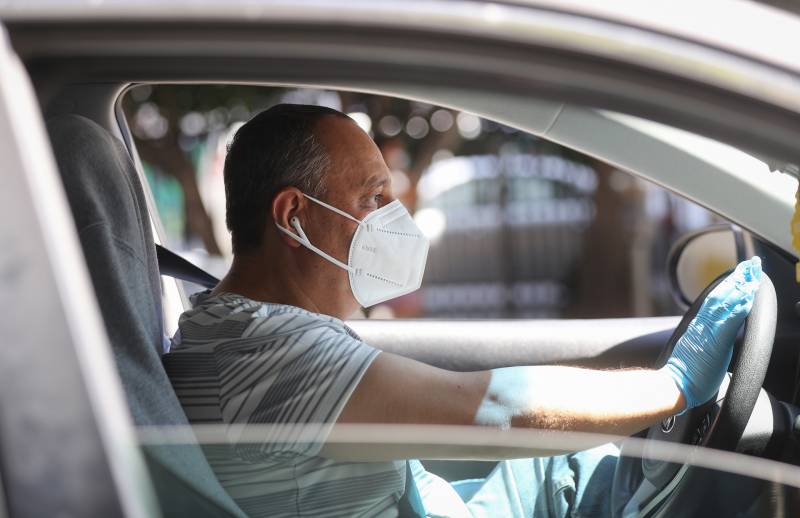California on Friday scaled back a proposal to mandate Lyft and Uber to use more electric vehicles on their platforms, with regulators acknowledging that demand for ride-hailing services has cratered during the coronavirus pandemic.
The California Air Resources Board now wants to require that electric or zero-emission vehicles provide 60% of the miles driven on ride-service trips by 2030, agency staff announced during a livestreamed workshop Friday. That’s down from 70%-80%, the figure stipulated in early draft regulations.
The state hopes requiring cleaner cars on ride-hailing platforms will spur innovation in electric vehicles and reduce the emissions of planet-warming gases in a small but rapidly growing part of the state’s transportation sector.
Vehicles driving for Transportation Network Company, as companies like Lyft and Uber are called in California, represented about 1% of greenhouse gas emissions from small vehicles driving on state roads in 2018, according to CARB.
But Lyft and Uber are weathering a storm of events that have ravaged their businesses: the coronavirus pandemic, the ensuing recession and people’s fear of riding in a car with a stranger while the coronavirus continues to rapidly spread in many communities across California and the U.S.
